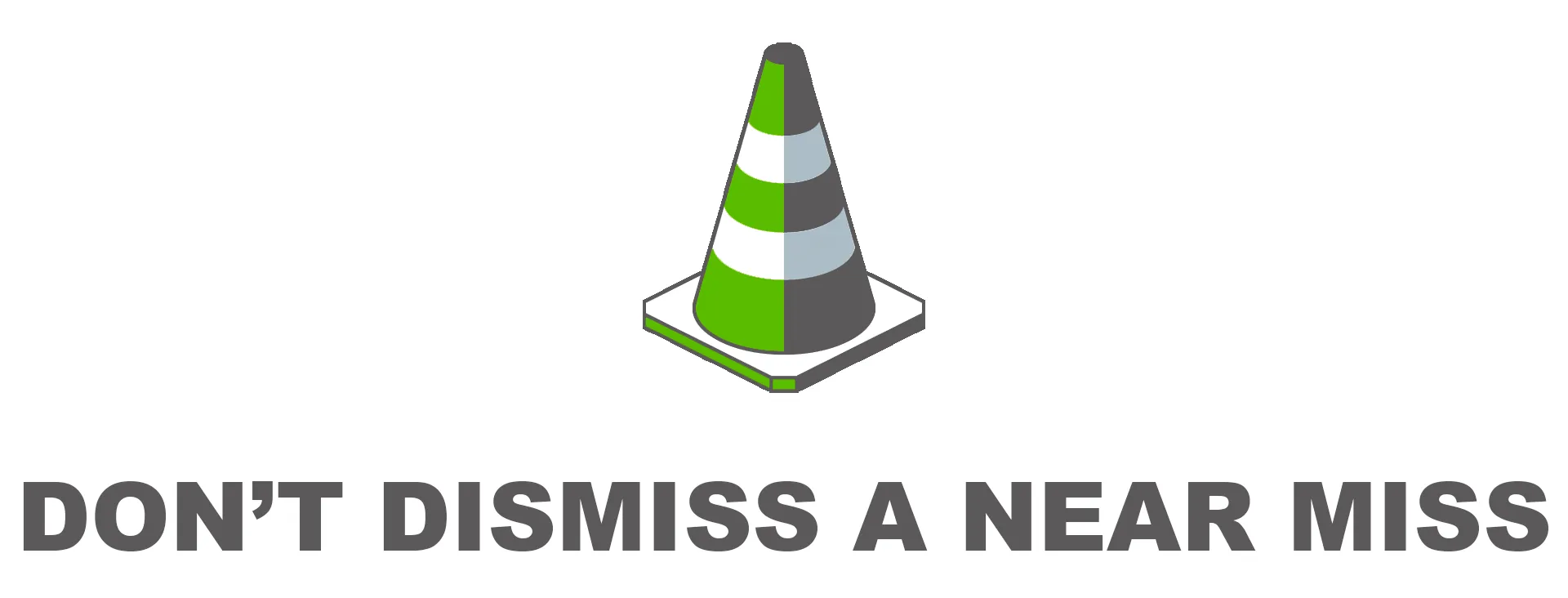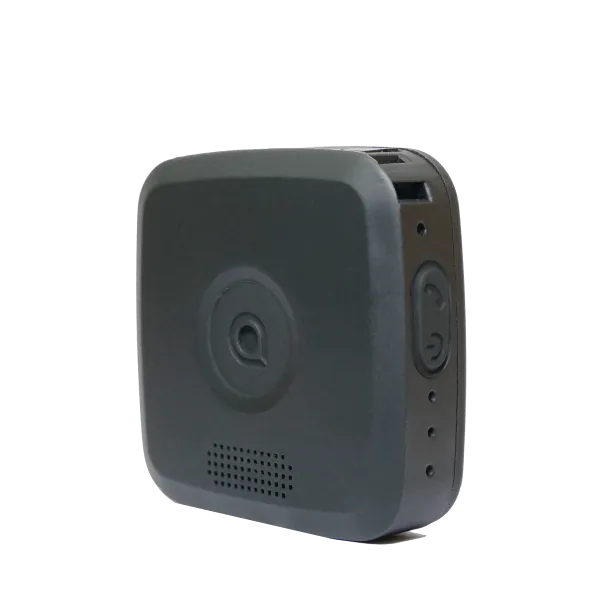Near Miss Reporting: How to Improve Lone Worker Safety Before an Incident Happens
Near misses are warning signs — not just lucky escapes. Proactively managing these events is key to protecting your lone workers and building a culture of safety.

What Is a Near Miss and Why Does It Matter for Lone Worker Safety?
A near miss is an unplanned event that could have resulted in injury, illness, or damage — but didn’t. While no harm occurred, the situation exposed a serious hazard that, if left unaddressed, could lead to a future incident.
For businesses with lone workers, near misses are especially important. Without nearby colleagues to assist in an emergency, lone workers are often more vulnerable. A small oversight can quickly escalate. Identifying and investigating near misses allows organisations to proactively improve lone worker safety and prevent more serious incidents down the line.
Examples of Near Misses in Lone Working Environments
Understanding what constitutes a near miss helps teams spot patterns before they become problems. Here are examples relevant to lone or remote working:
- Slips, Trips, and Falls: A delivery driver notices a wet floor and avoids a fall by changing their route.
- Equipment Malfunction: A housing officer checks their safety device before entering a property and reports a battery issue.
- Chemical Exposure: A maintenance worker identifies a mislabelled container before use.
- Working at Height: A technician realises their fall protection harness wasn’t clipped in and corrects it before climbing.
- Driving Incidents: A lone worker swerves to avoid a distracted driver — narrowly missing a collision
- Fire Risk: A faulty plug socket sparks; the worker reports it, preventing a fire.
- Miscommunication: A misheard instruction is clarified before leading to unsafe behaviour.
Each of these could have ended differently — and that’s the point. Every near miss is a learning opportunity.
What’s the Difference Between a Near Miss and an Incident?
The distinction between a near miss and an accident is simple but crucial:
- Accident: A worker trips over a loose cable and gets injured.
- Near miss: The same worker notices the cable in time, steps over it, and reports the hazard.
Focusing on near misses helps your business stay ahead of potential risks — particularly when it comes to protecting lone workers.
Why Near Misses Should Be Investigated
According to the Health and Safety Executive (HSE), UK businesses faced £20.7 billion in workplace injury and ill-health costs in 2021/22. That’s a £1.9 billion increase from just two years prior.
Investigating near misses:
- Helps reduce accidents and associated costs
- Improves lone worker risk assessments
- Strengthens your lone working policy
- Encourages a proactive, accountable safety culture
When lone workers report near misses, employers gain visibility into issues that may otherwise go unnoticed.
How to Improve Lone Worker Safety Using Near Misses
1. Regular Risk Assessments
Make near miss data part of your lone worker risk assessment process. Use it to identify recurring issues or overlooked hazards.
Download our Lone Worker Risk Assessment Template
2. Update Your Lone Working Policy
Policies should evolve with your workplace. Use near miss data to update procedures, device use protocols, PPE requirements, or training.
Download our Free Lone Worker Policy Template
3. Equip Workers With the Right Safety Tools
Using a lone worker solution with features like:
- Red Alert (panic button)
- Man Down Alarm (incapacitation detection)
- Check-In (activity logging)
- 24/7 Monitoring
...can help you detect and respond to incidents faster.
4. Promote a Culture of Reporting
Create an environment where near misses are logged without fear of blame. This transparency is essential for continuous safety improvement.
Final Thoughts: Turn Near Misses Into Safety Wins
Don’t wait for a serious incident to happen. Every near miss is a second chance to improve safety — especially for lone workers. By acting on these warnings, updating your risk assessments, and reinforcing your policies, you protect your people and your business.
Book a free demo, request a quote, or get answers to your questions:
- Book a Lone Worker Safety Demo →
- Get a No-obligation Quote →
- Contact Us →
- Call us: 0114 399 6000
Your message has been received and we will be in touch shortly.









.webp)
.webp)









